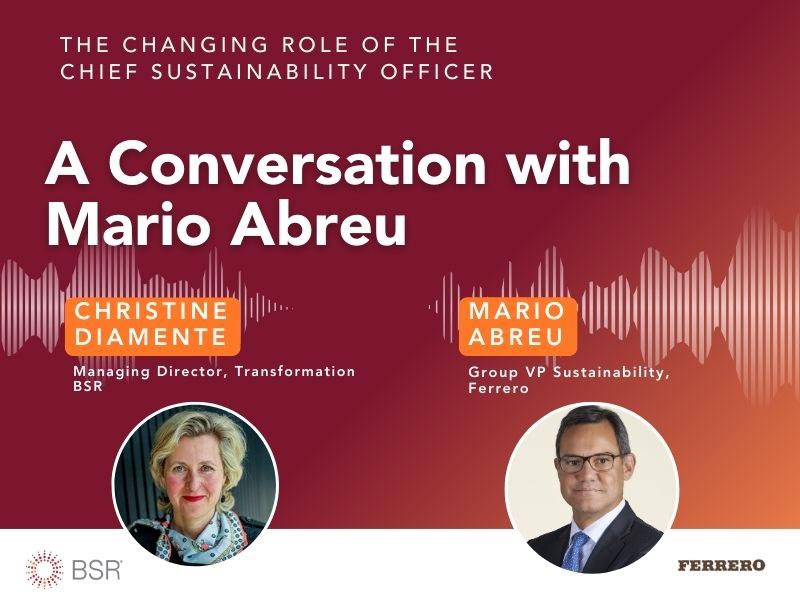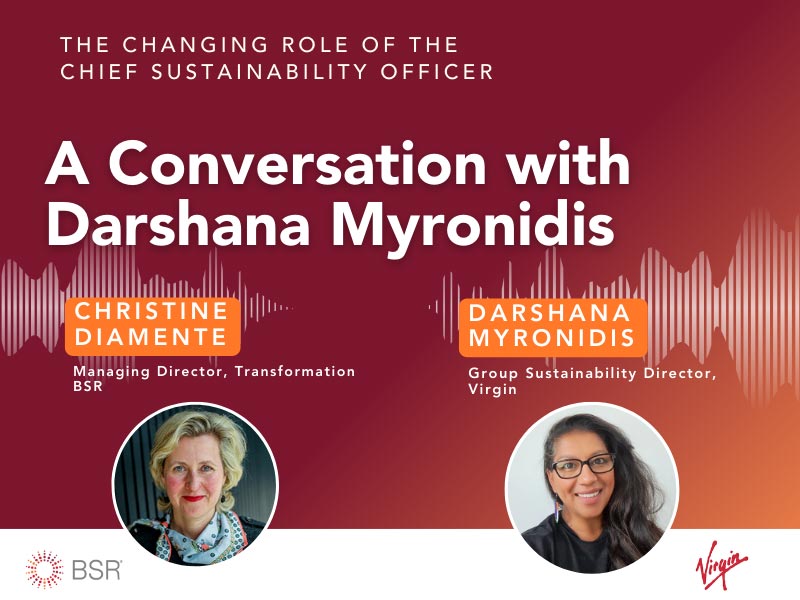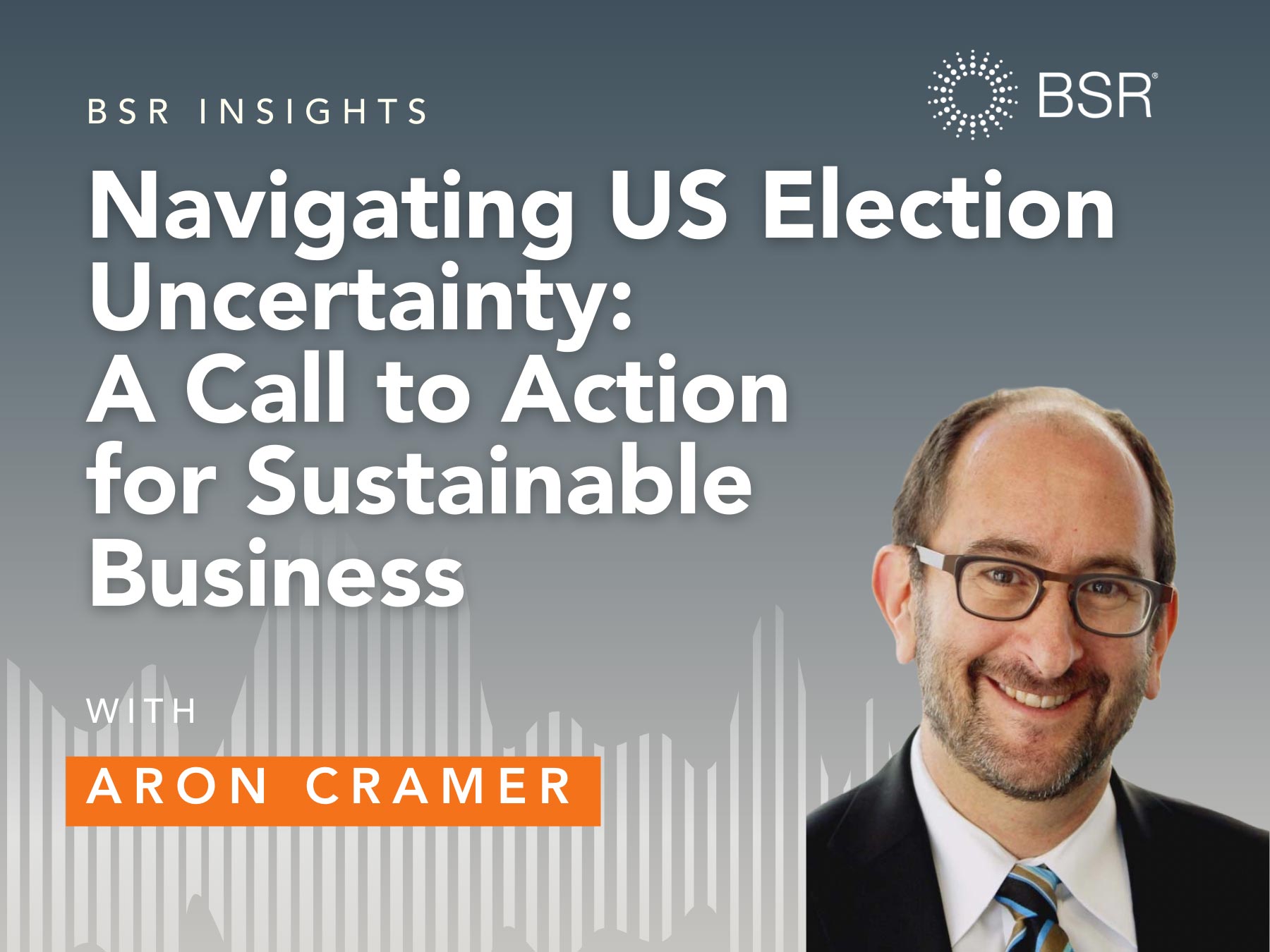The Challenge
As the largest producer of bottled spring water in the United States, Nestlé Waters North America (NWNA) faces a unique set of challenges related to managing a natural resource perceived by many as a public good. The company has faced criticism at its spring water sites in North America from community members who have two primary concerns.
They want to ensure that NWNA’s water withdrawal does not have negative ecological impacts, and they want the opportunity to participate in decisions about their water resources. NWNA asked BSR to develop a siting and community-commitment framework in order to proactively manage site impacts, incorporate increased local input into the company’s water-siting process, and increase the transparency of the company’s siting efforts.
Our Strategy
BSR developed a phased approach of assessment, design, alignment, and piloting the framework. Our goal was to design a companywide framework for siting and community involvement that addresses NWNA business objectives, includes full participation by and addresses the concerns of the community and government agencies, and is designed with the input of national stakeholders. To execute this project, we employed our experience developing community-engagement strategies for the extractives industry, as well as our expertise in responsible natural resource management. We also sought the involvement of community representatives and water experts throughout the life cycle of this project in order to ensure a high degree of credibility, transparency, and trust during the development of the framework.
First, we conducted interviews with company officials, national experts, and community members at several of NWNA’s U.S. sites in the Pacific Northwest and Maine to collect candid feedback—positive and negative—about the company’s existing approach to community engagement and water stewardship.
BSR’s findings served as the foundation for a two-day design workshop, during which NWNA staff and experts in community engagement, conservation, and watershed management co-developed a siting and community- engagement framework based on past experiences and current and future expectations of key stakeholders and local communities. Following this, NWNA field staff will test and revise the framework at potential U.S. spring water sites.
Our Impact
At the time of this Report’s publication, NWNA was at the midway point of this engagement, and the company had already begun to take several important steps toward the development and implementation of the new siting framework. We believe that, if implemented, this will lead to a more consistently successful approach to engaging with communities and will build NWNA’s capacity to serve as a valued member of the communities in which it operates.
NWNA’s challenges point to more fundamental questions that we will attempt to address with the company in 2010: What expectations must a company meet as a responsible steward of water? If water is a human right, who has rights to access it, and how should access be regulated? How should NWNA evolve its approach to community involvement in light of these questions?
Let’s talk about how BSR can help you to transform your business and achieve your sustainability goals.








